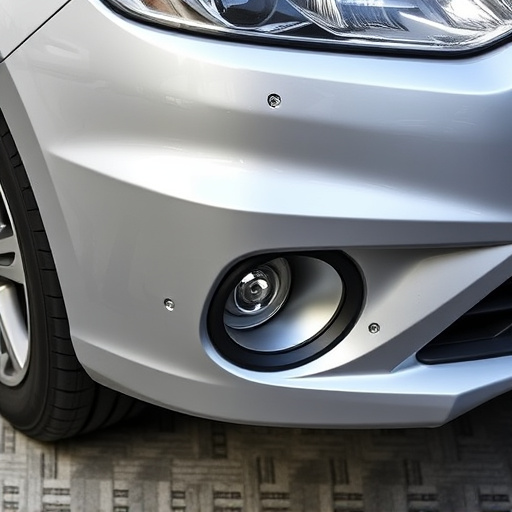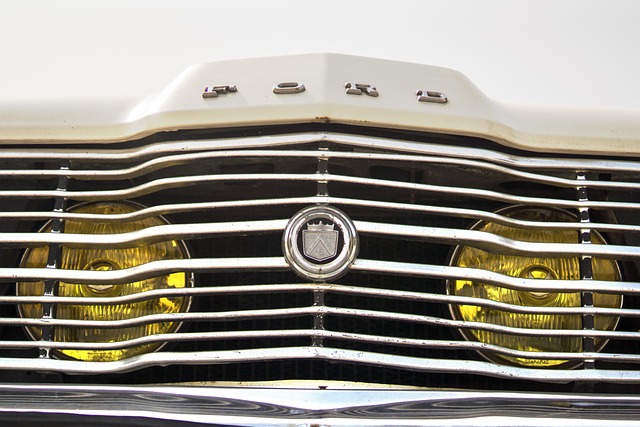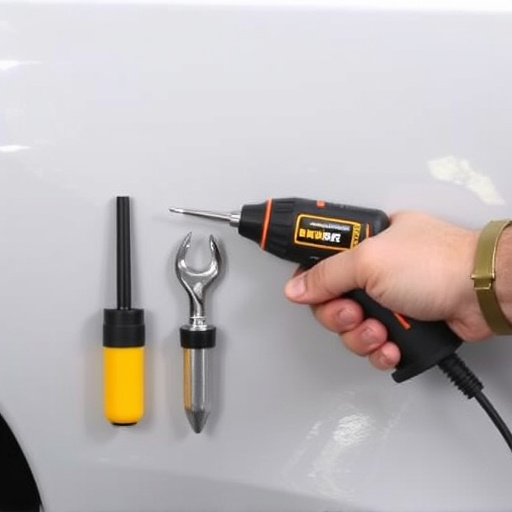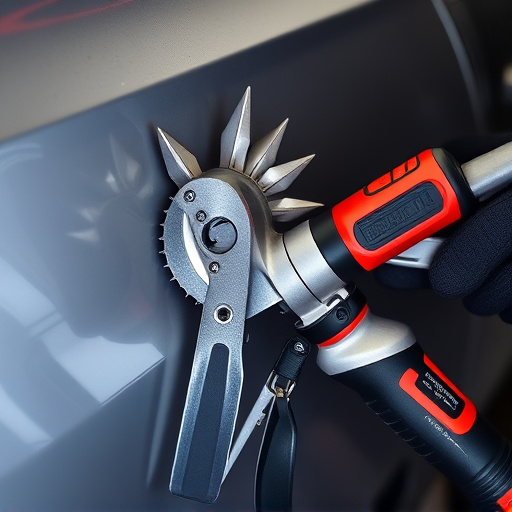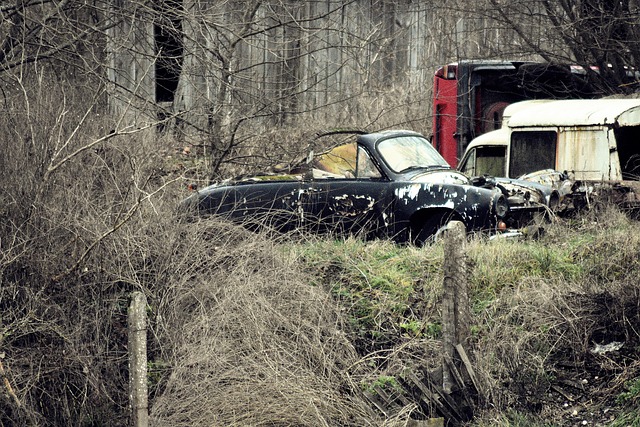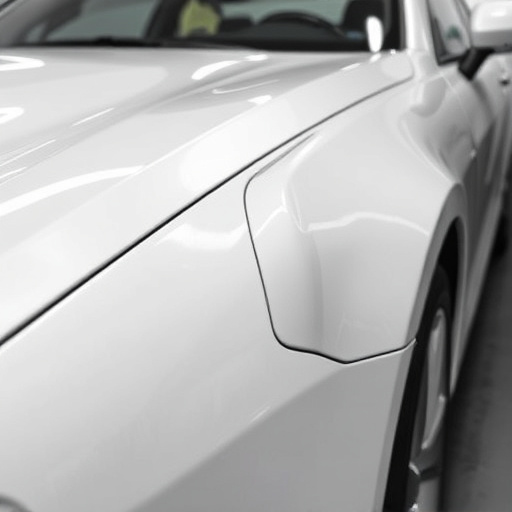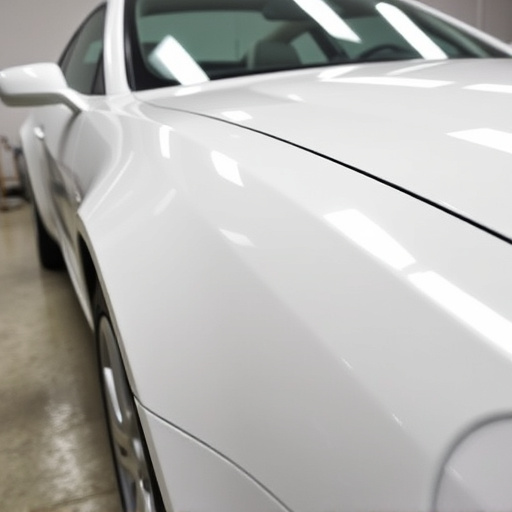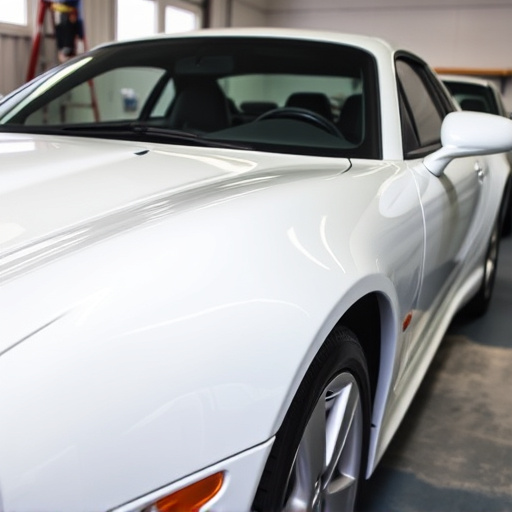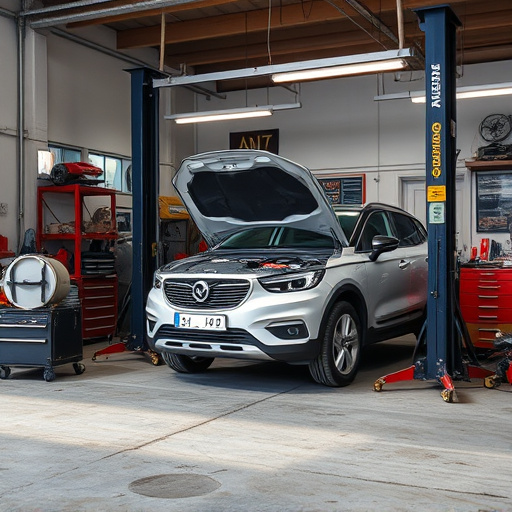OEM certified collision repair is a meticulous process prioritizing vehicle quality and safety post-accident. It involves structured guidelines from Original Equipment Manufacturers (OEMs) for part replacement, specific repair procedures, and advanced equipment use. Skilled technicians conduct thorough inspections, create precise repair plans, and use specialized tools & OEM parts to restore vehicles to pre-accident condition. Regular quality checks ensure adherence to these standards, culminating in a final inspection before delivery to satisfied customers. This process protects investments, enhances road safety, and offers peace of mind.
In today’s automotive landscape, OEM certified collision repair is paramount for ensuring vehicle quality and safety. This comprehensive guide delves into the intricate steps involved in completing such repairs, from understanding stringent OEM standards to the final certification process. By exploring each phase meticulously, we equip professionals with the knowledge needed to deliver top-tier, factory-backed restoration, maintaining vehicle integrity and enhancing customer satisfaction.
- Understanding OEM Certified Collision Repair Standards
- The Step-by-Step Process of Completion
- Ensuring Quality and Safety Through Certification
Understanding OEM Certified Collision Repair Standards

Understanding OEM Certified Collision Repair Standards is a critical step in ensuring top-quality and precise vehicle body repairs. OEM, or Original Equipment Manufacturer, certified collision repairs adhere to strict guidelines that mirror the exact specifications set by the vehicle’s maker. This means using not just original parts but also following the manufacturer’s specific procedures for disassembly, repair, and reassembly.
Such standards are vital in maintaining the integrity and safety of the vehicle body repair. They ensure that every component, from panels to mechanical systems, is restored to its original condition or better. In a collision repair center, adhering to these OEM certified collision repair practices involves specialized training for technicians and investment in advanced equipment designed to precisely mimic factory work.
The Step-by-Step Process of Completion
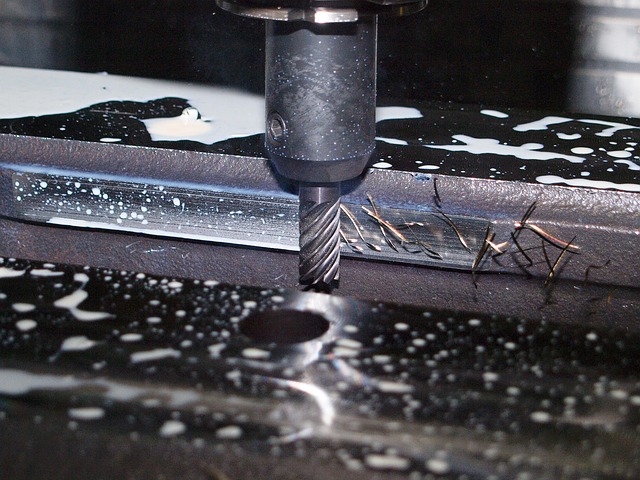
The process of completing an OEM certified collision repair involves several meticulous steps designed to ensure both quality and originality. It begins with a thorough inspection of the damaged vehicle, where skilled technicians assess every aspect to create a precise repair plan. This initial phase is crucial for accurate estimation and customer communication about expected outcomes.
Once the plan is finalized, the actual repair work commences. Technicians utilize specialized tools and OEM (Original Equipment Manufacturer) parts to restore the vehicle to its pre-accident condition. Every component is replaced or repaired according to strict standards, maintaining the vehicle’s structural integrity and aesthetic appeal. Throughout the process, regular quality checks ensure adherence to guidelines, and upon completion, a final inspection confirms the car meets OEM certified collision repair standards, ready for delivery to satisfied customers.
Ensuring Quality and Safety Through Certification
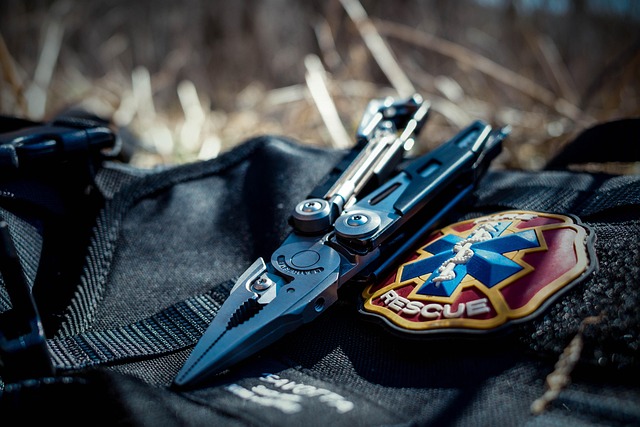
In the realm of automotive repairs, especially after a collision, ensuring quality and safety should never be compromised. This is where OEM certified collision repairs come into play. When a car body shop undertakes an OEM certified collision repair, it involves adhering to stringent industry standards set by Original Equipment Manufacturers (OEMs). These standards are crucial in maintaining the structural integrity of the vehicle, guaranteeing that every replacement part not only matches the original equipment but also meets safety and quality criteria.
This meticulous process encompasses everything from auto frame repair to the precise installation of parts, ensuring that the end result is a vehicle that drives as good as new. Auto collision repair professionals who follow these guidelines not only protect their clients’ investments but also contribute to the overall safety of the road. By prioritizing OEM certified practices, car body shops can offer customers peace of mind and drive away from potential hazards associated with subpar repairs.
Completing OEM certified collision repairs involves adhering to strict standards and a meticulous process. By understanding these requirements, following a structured approach, and prioritizing quality and safety through certification, auto body shops can deliver top-notch repairs that meet or exceed original equipment manufacturer (OEM) specifications. This ensures customer satisfaction and maintains the vehicle’s original value.
